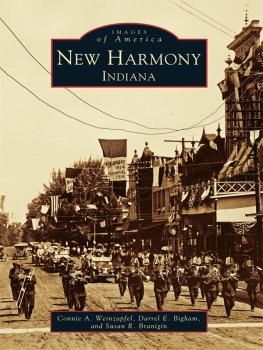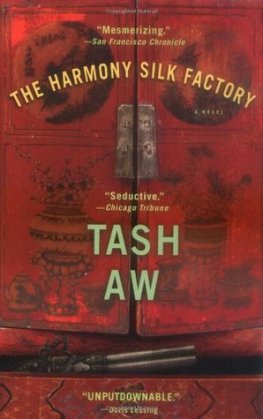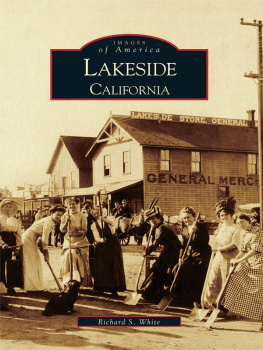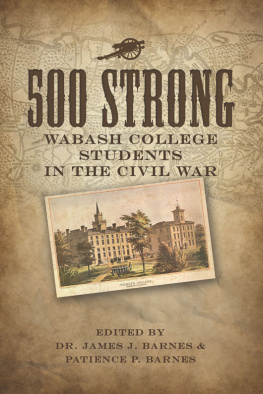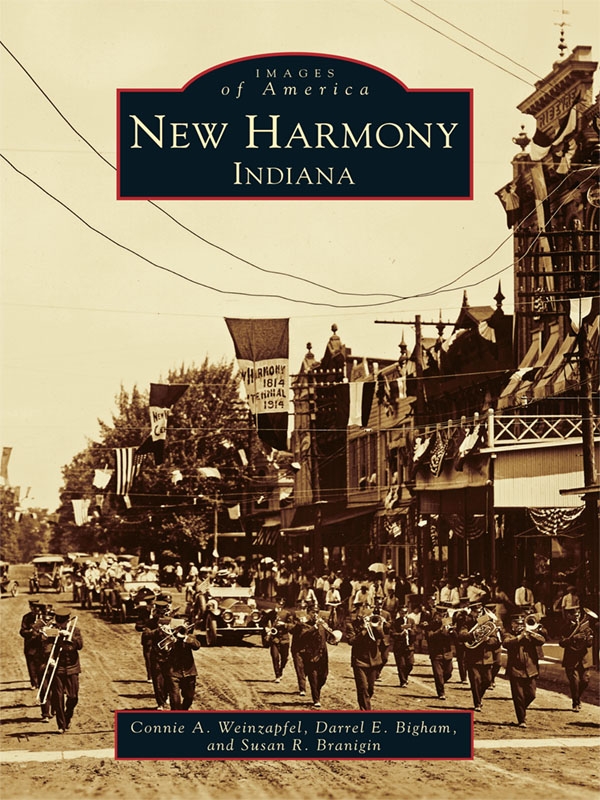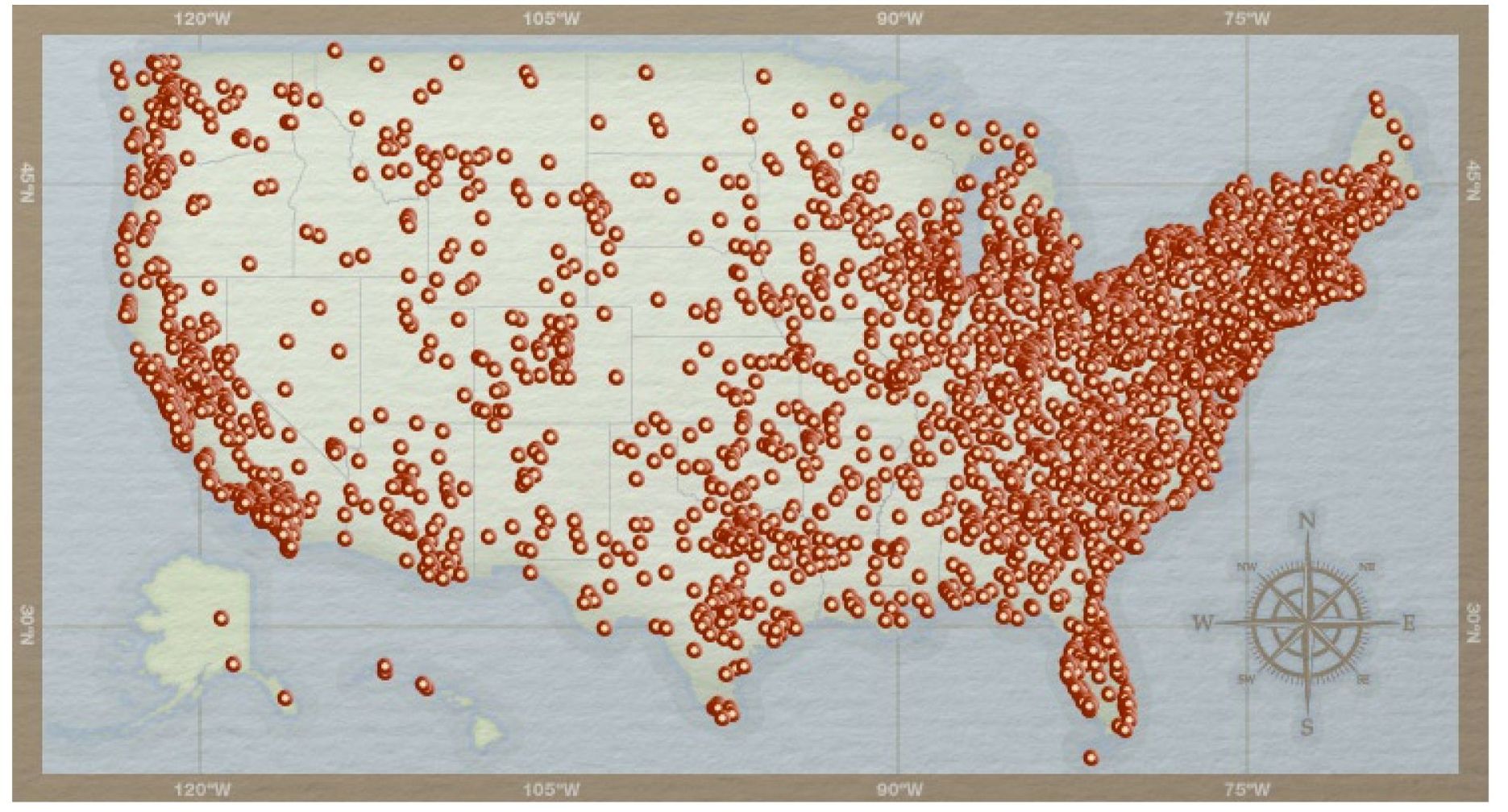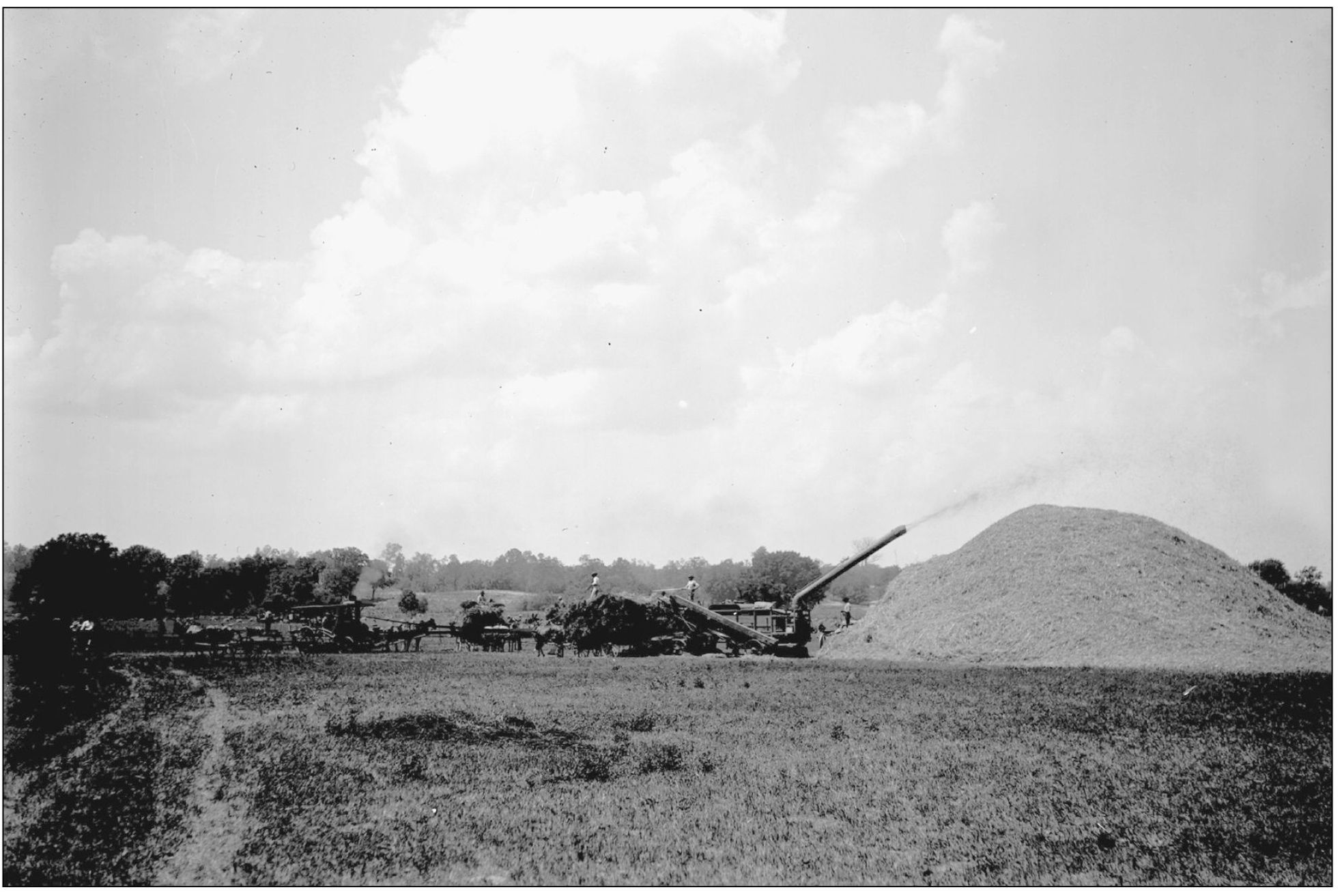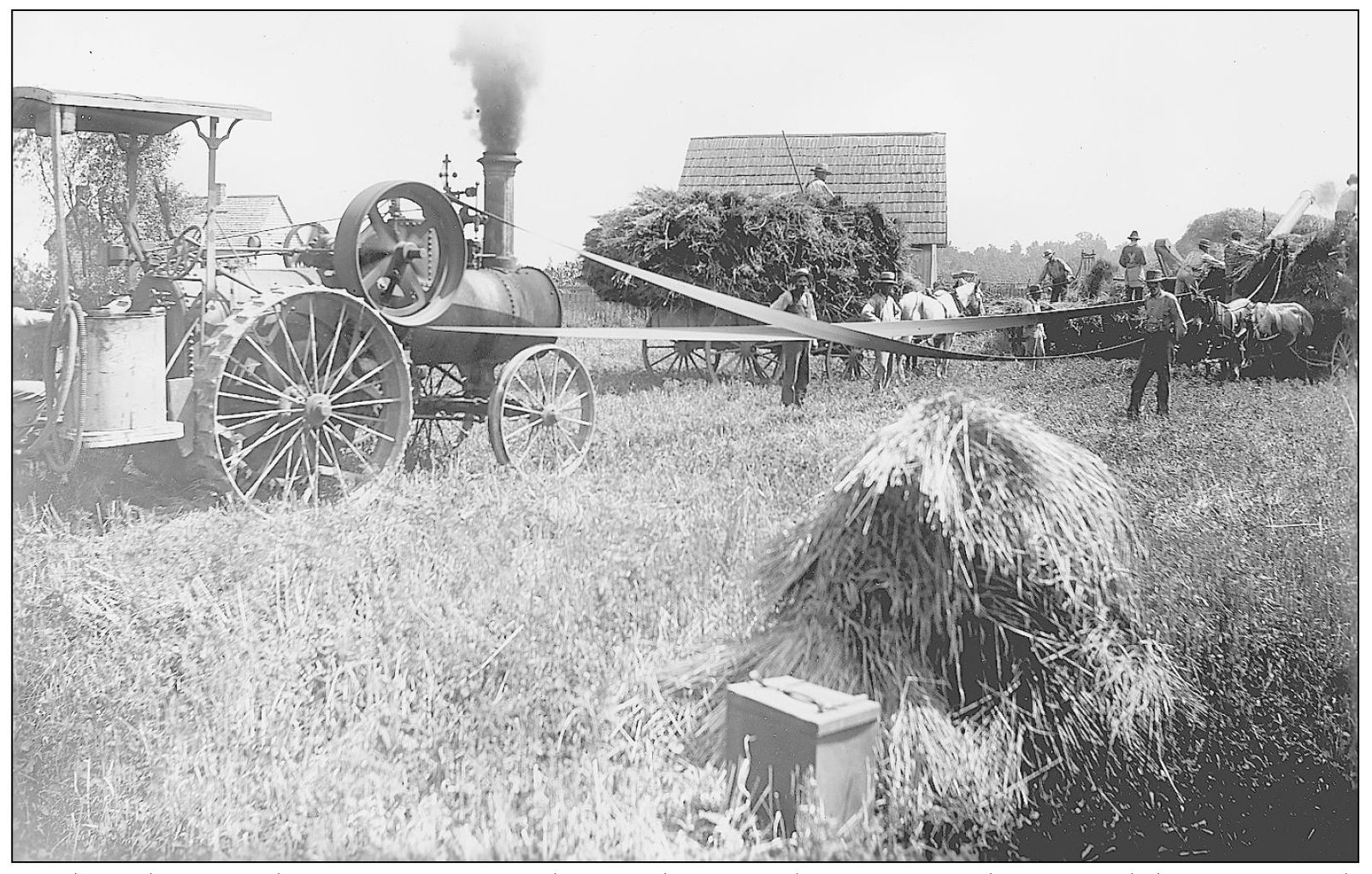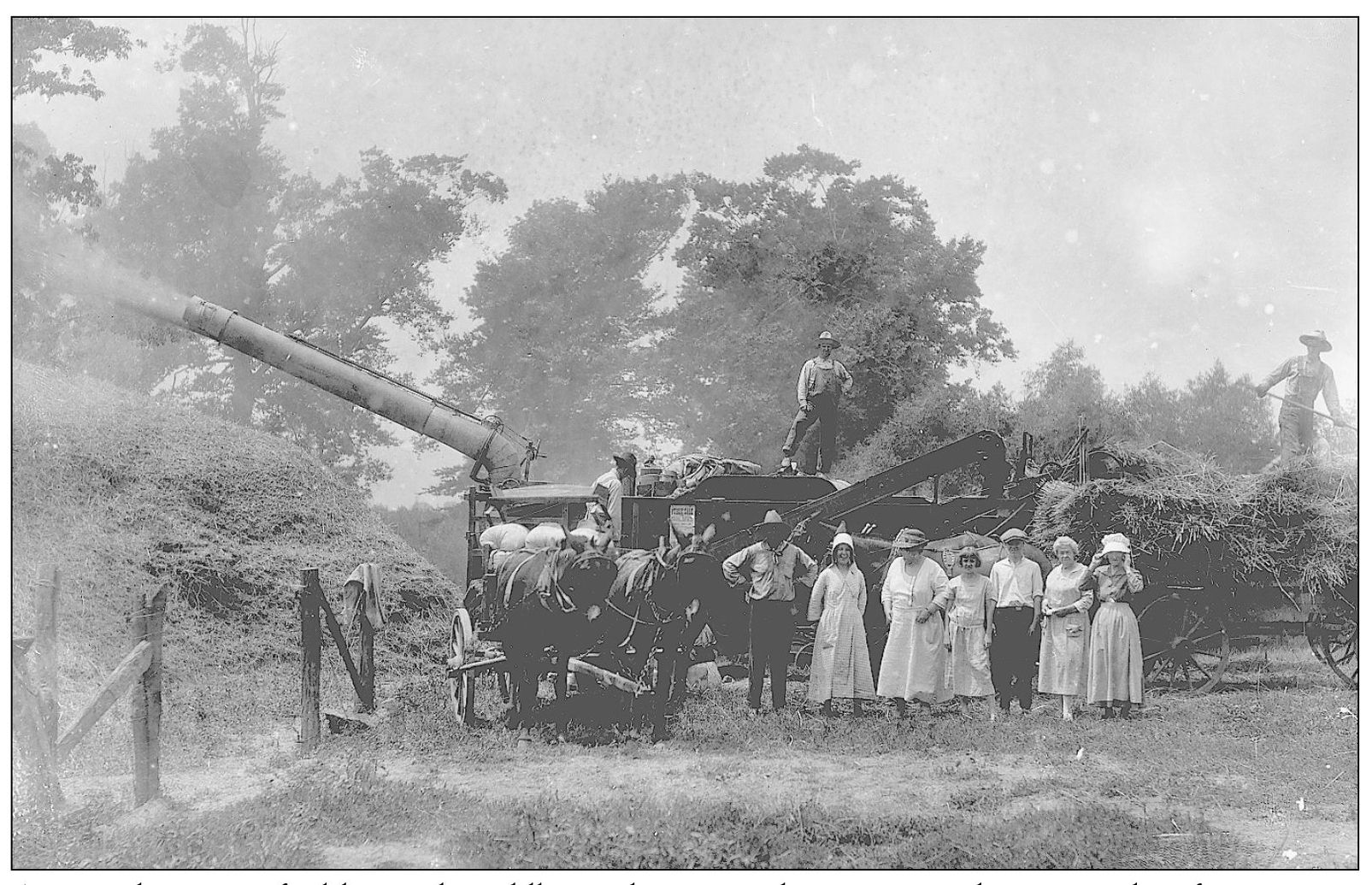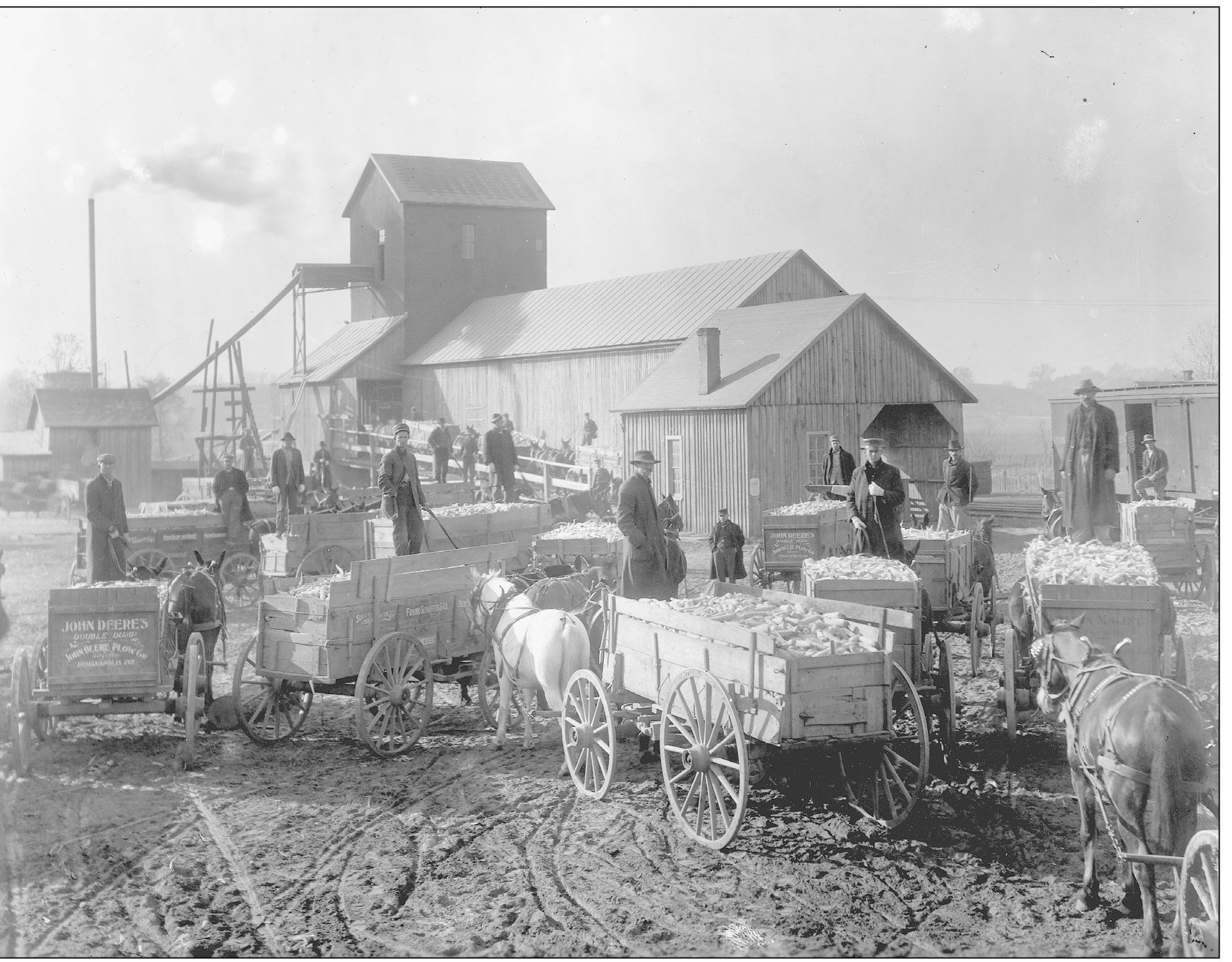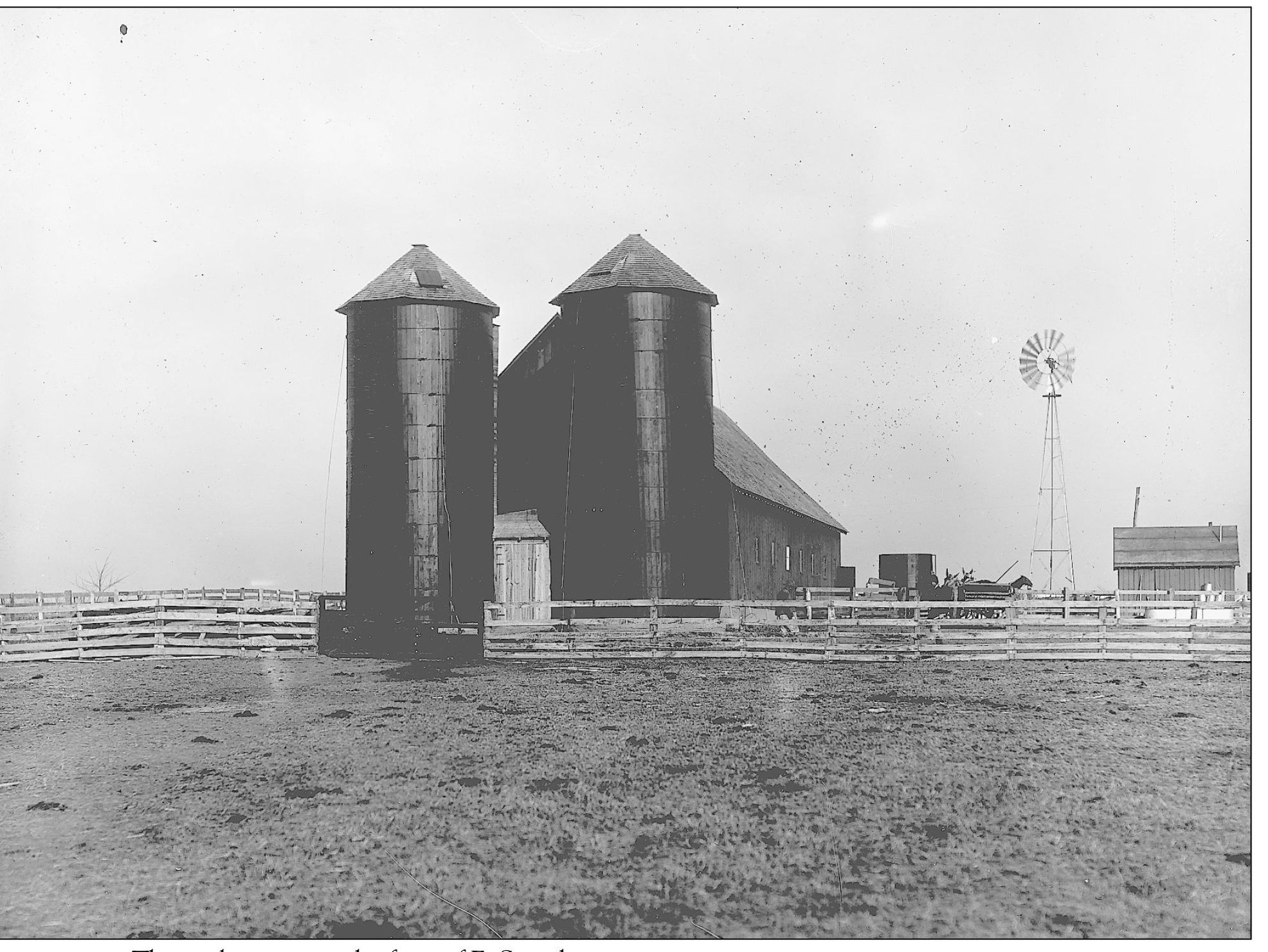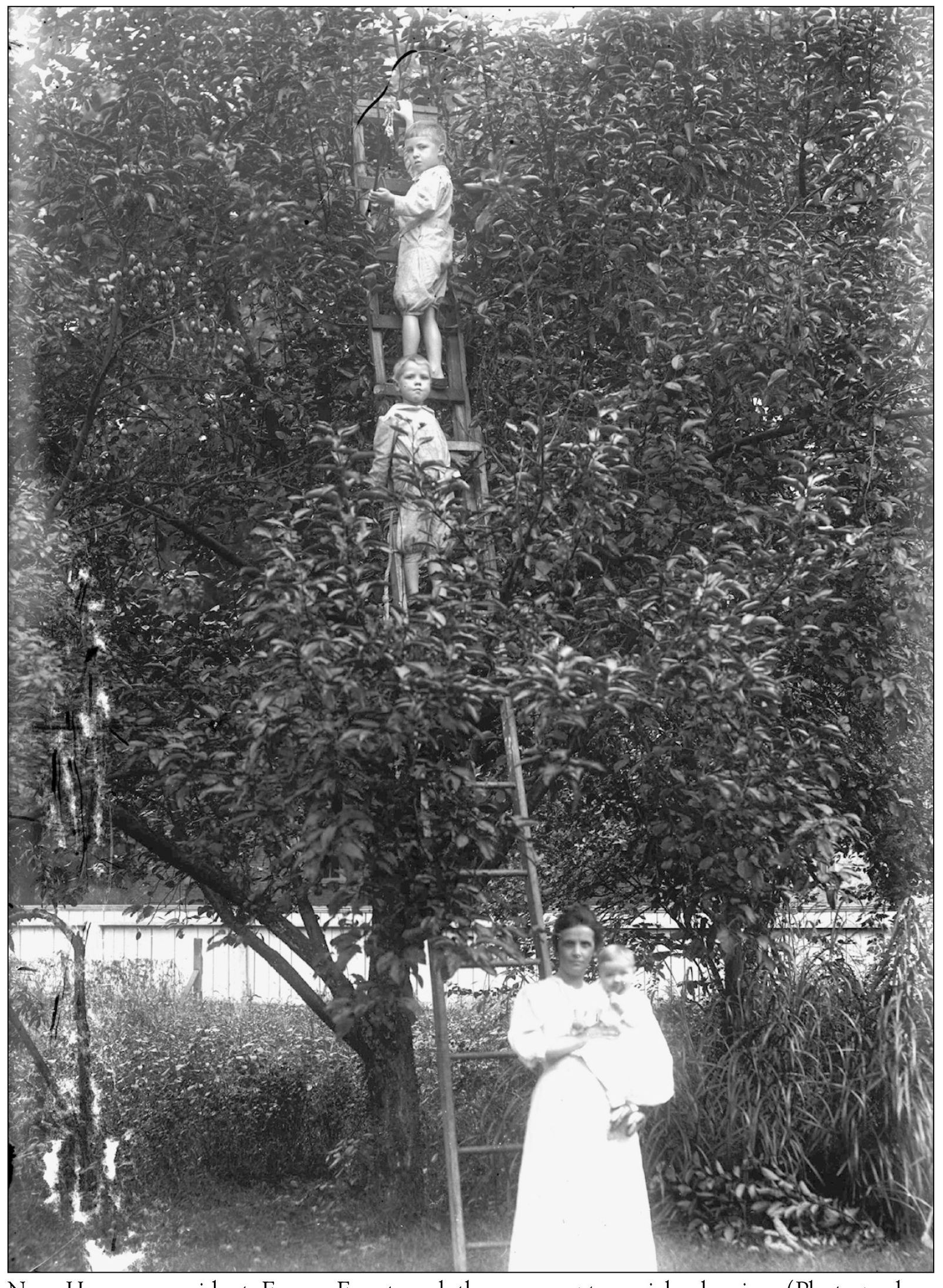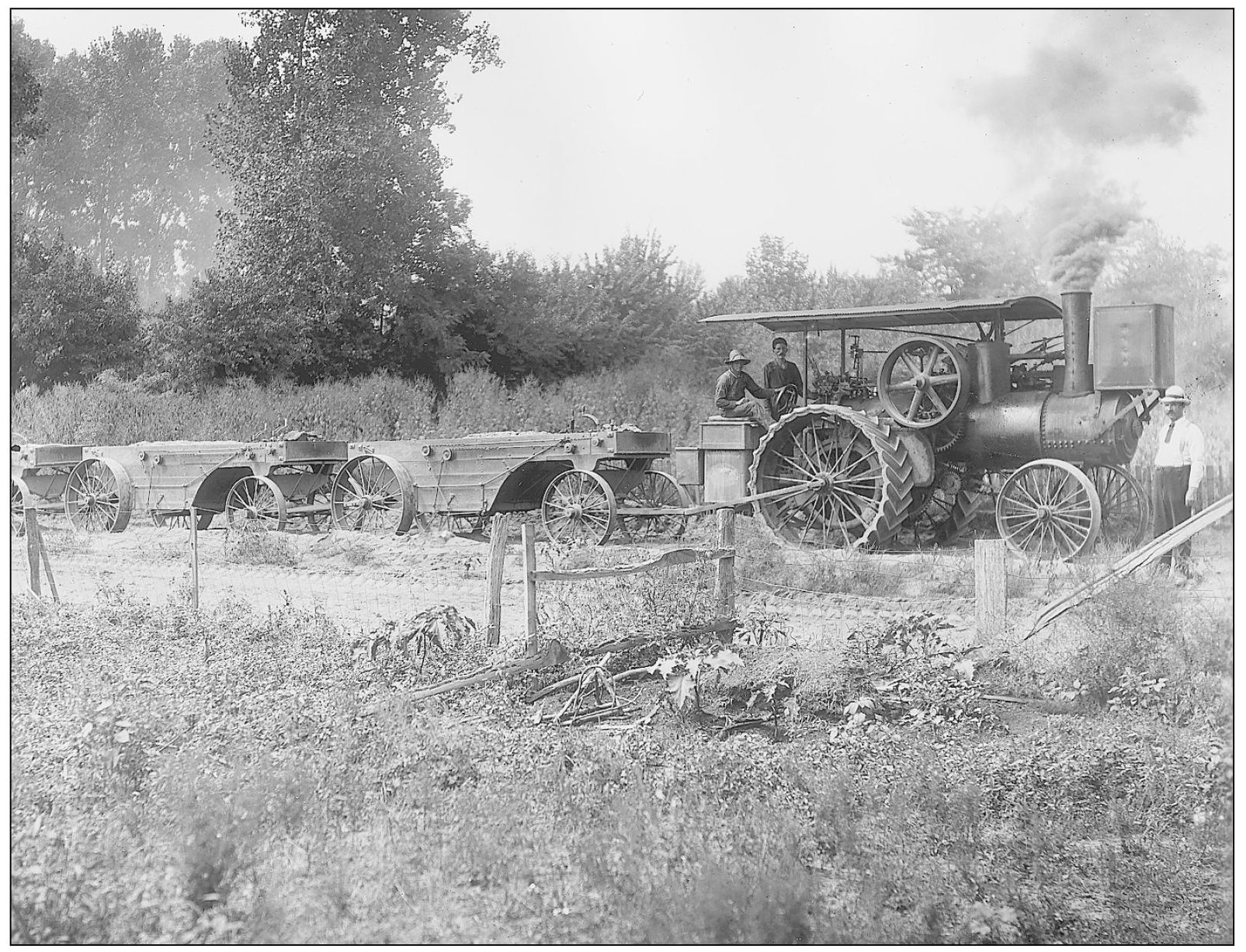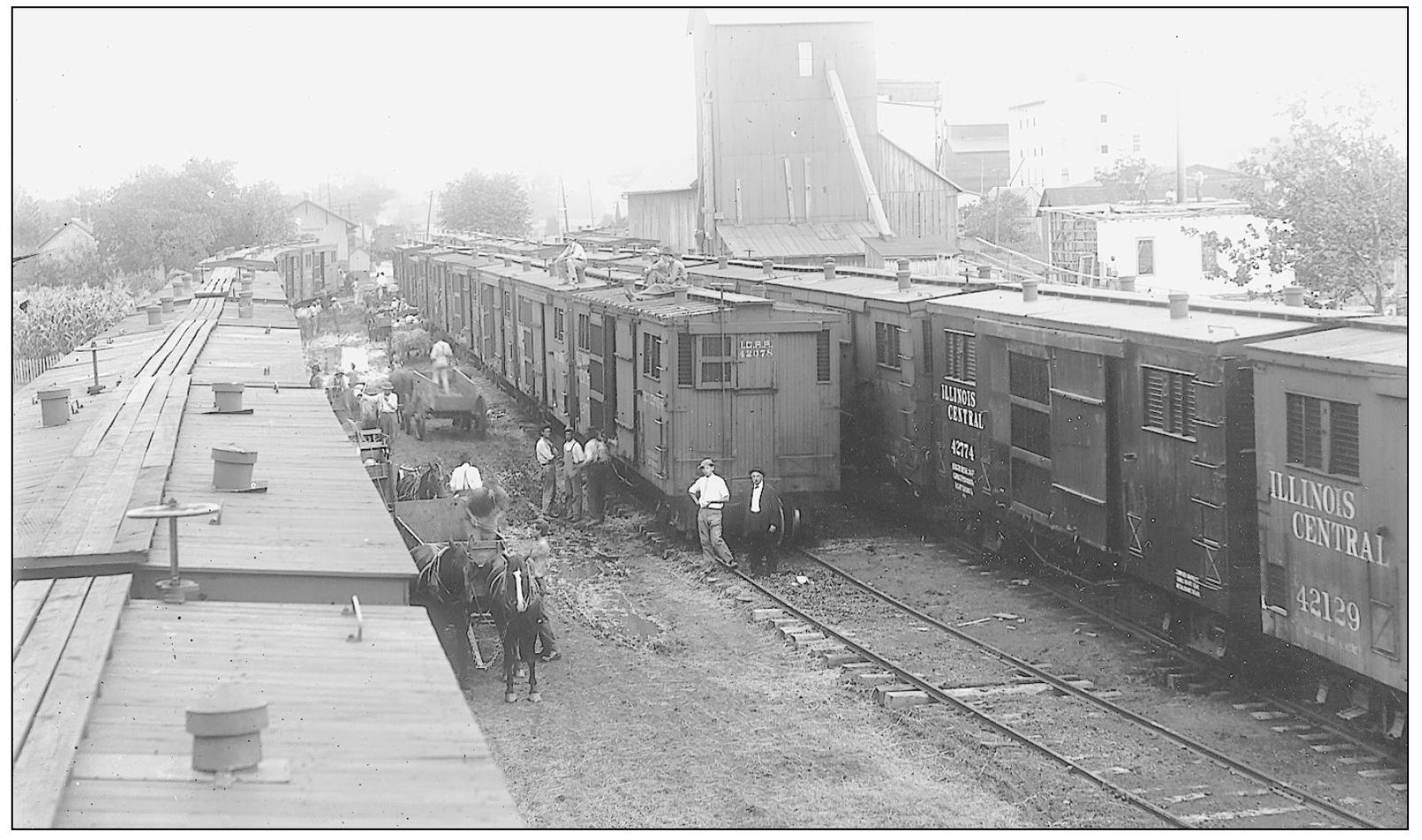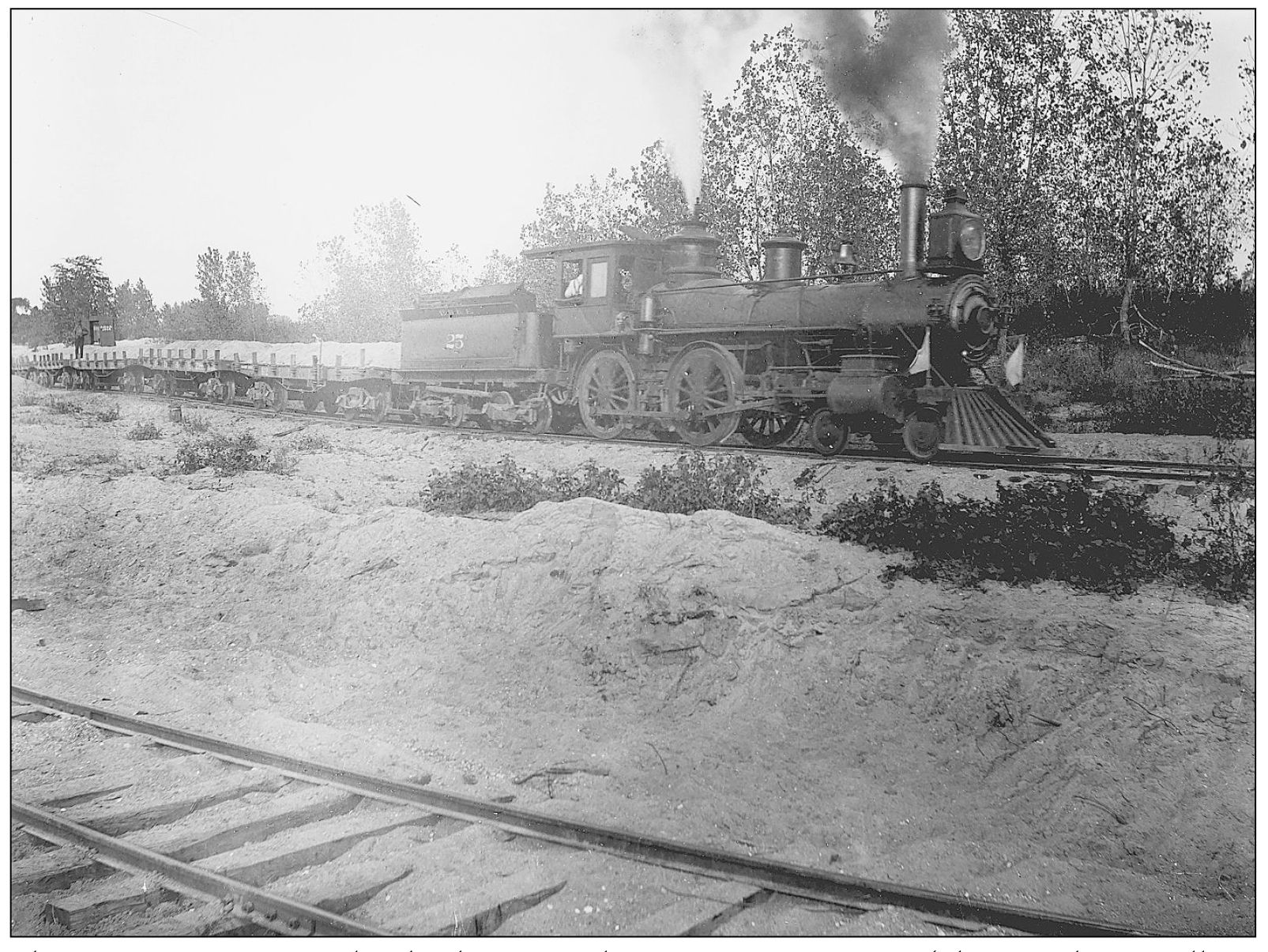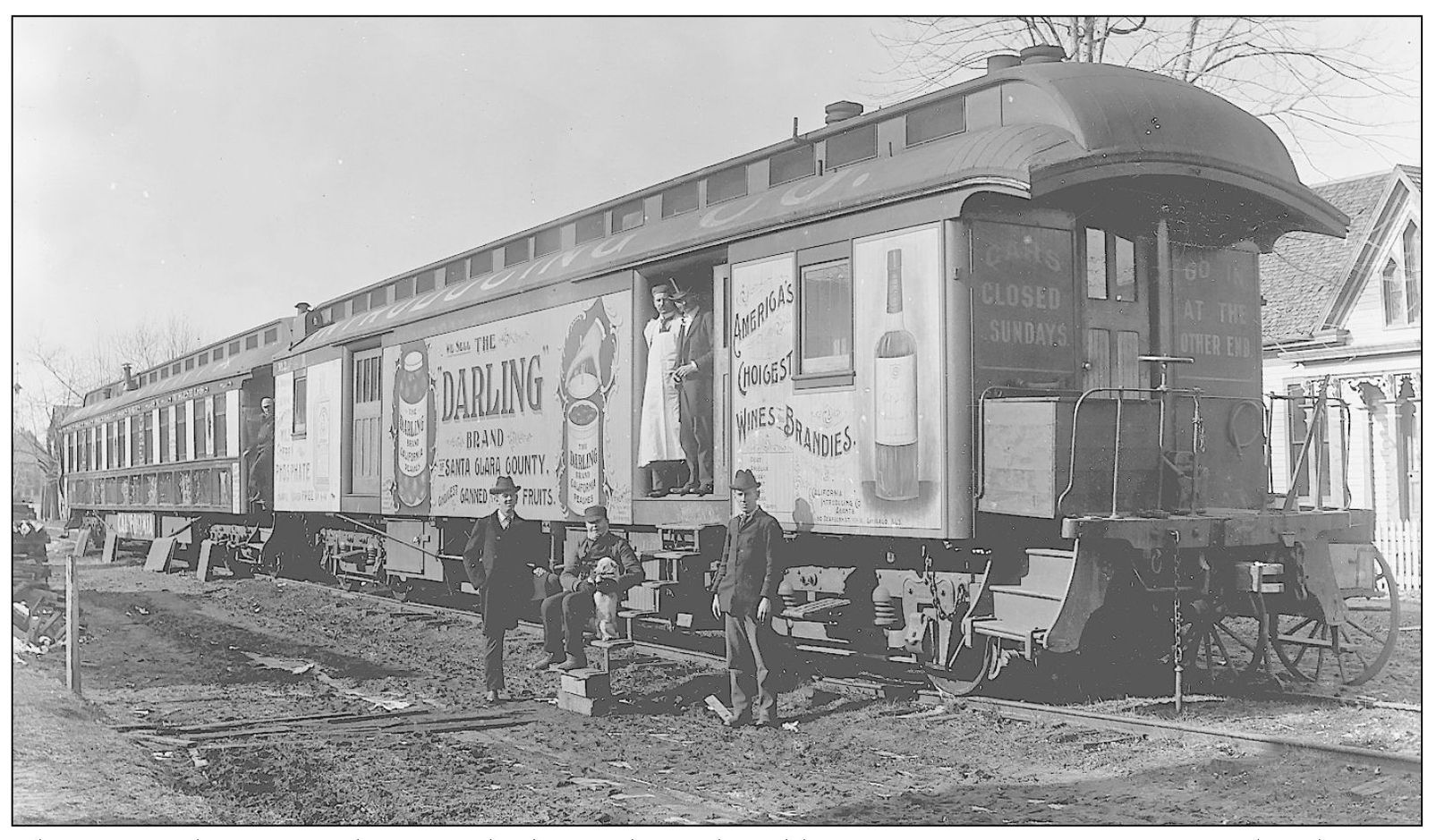ACKNOWLEDGMENTS
In the card catalogue of New Harmonys Workingmens Institute, under the category of photographers, 16 names from the town and environs are mentioned. The earliest dated name is Thomas Cox, 1850, and at the end of the list are W.F. Lichtenberger and Homer Fauntleroy. This book is a compilation of photographs taken by these two men who documented the late 19th and early 20th centuries in this remarkable town. Represented here is a time of transition in New Harmony. Strong civic leadership is evident, as the town overcomes flood and fire and takes on major public works in preparation for the centennial of 1914.
William Frederick Lichtenberger (18491924) was a businessman in New Harmony, where he first owned a furniture store, then succeeded his brother Clarence in the familys dry goods business. He was also known as a fine artist, painting in oil and watercolor, and working with photography. He exhibited his works at the New Harmony Workingmens Institute, of which he was a life-long member. So honored was he that that venerable institution closed on the day of his funeral, Saturday, June 21, 1924, from 9 a.m. to 1 p.m., in his memory.
Homer Fauntleroy (18661952) was descended of a very early New Harmony family. He was manager of the local Cumberland Telephone Company but resigned on August 1, 1909, to pursue his first love, photography. A 1935 New Harmony Times story describes how Homer salvaged old photographs and glass negatives from the demolition of the Nash Building in New Harmony, which formerly had been a photography studio. He maintained a portfolio of over 300 prints that he would use to illustrate the history of the town. He was an early preservationist, along with his sister, Mary Emily. He documented much of the town from 1896 until his death, focusing not only on the original Harmonist structures, but also on Victorian homes, the downtown business district, and municipal buildings. Fauntleroy captured daily life and special events, both familial and public.
The entire collection of glass negatives was assembled by New Harmony amateur historian, Donald Blair (19091992) and given to the University of Southern Indiana in October 1985. Historic New Harmony wishes to thank Gina Walker of the University of Southern Indiana Special Collections/University Archives for assistance with this project. All images in this book, unless otherwise noted, are from the Blair Collection. We also wish to thank Sherry Graves and Nancy Manchette from the Workingmens Institute for their research assistance.
This book is a companion to Historic New Harmonys special exhibits for the year 2000, New Harmony at the Millennium: The Past and the Future on View . It is the hope of this editor that the citizens of New Harmony will draw inspiration from these images, and begin today to consider their own role in the history of this place, as we approach New Harmonys bicentennial.
Find more books like this at
www.imagesofamerica.com
Search for your hometown history, your old
stomping grounds, and even your favorite sports team.
One
AGRICULTURE AND THE WABASH
The abundance of natural resourcesfertile soil, abundant stone, clay, and timberon the banks of the Wabash River drew the Harmonists to the site where they built their town. This harvest scene highlights the reliable yearly bounty produced by the rich Posey County land. This 1895 field belonged to J.D. Owen. (Photographer: William Frederick Lichtenberger.)
Using Elmer Kemmerlings machine, threshing takes place July 19, 1906, at the Burk Farm for Elmer E. Elliott. (Photographer: Homer Fauntleroy.)
In this photograph, a group of unidentified men takes part in the annual harvest ritual. Mechanization greatly improved the lives of farm workers, seen here using a steam engine to thresh wheat. (Photographer: William Frederick Lichtenberger.)
A mixed group of older and middle-aged men and women is shown in this farm scene. (Photographer: William Frederick Lichtenberger.)
Horse-drawn wagons full of corn gather around the lot at the grain elevator near the New Harmony depot. Note that at least two of the wagons are painted with the following advertisement: John Deeres Double Dump, John Deere Plow Co., Indianapolis, Ind. (Photographer: William Frederick Lichtenberger.)
This July 19, 1906 photograph shows the Corbin Milling Company, on New Harmonys east side. (Photographer: Homer Fauntleroy.)
These silos were on the farm of E. Steaphen.
New Harmony resident Emma Freret and three youngsters pick cherries. (Photographer: Homer Fauntleroy.)
Here a steam traction engine is being used to help build the new country roads around New Harmony. Its three dump wagons are full of gravel. (Photographer: William Frederick Lichtenberger.)
Shown here is one of the Illinois Central trains that passed through New Harmony. Note the depot building, upper left.
This train appears to be hauling gravel on its many cars. (Photographer: William Frederick Lichtenberger.)
This December 1895 photograph shows the railroad bringing out-of-season, canned California fruit to New Harmony. An unidentified group of men looks on. (Photographer: William Frederick Lichtenberger.)

